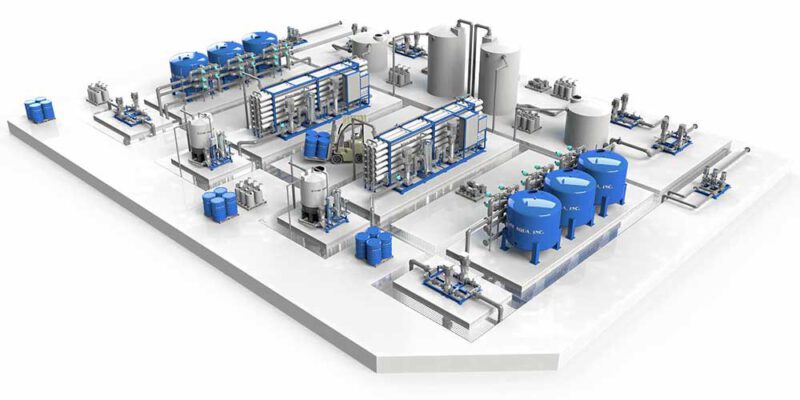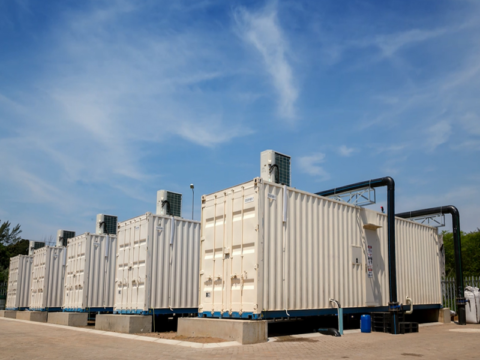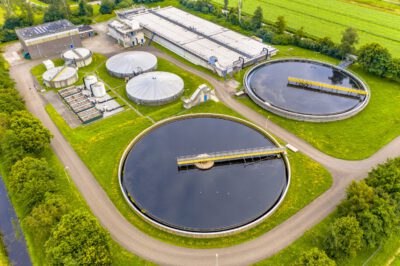Advanced Ultrafiltration (UF) Systems

Container Reverse Osmosis Systems
September 16, 2023
River Water Treatment
September 16, 2023
Ultrafiltration is a water treatment process that uses a hollow fiber or a sheet membrane to mechanically filter water containing very small particulate. An ultrafiltration drinking water system uses this super fine membrane technology to filter particulate down to 0.025 microns
how small that is, the diameter of a human hair is typically about 75-80 microns. This means that an ultrafiltration system works on a micro level, literally taking all suspended solids out of the water.
What is the difference between an ultrafiltration system and a reverse osmosis system?
An ultrafiltration system can filter the most solid particulates in fluids, but it is not able to filter out dissolved particulate like a reverse osmosis system. However, an ultrafiltration system can filter smaller particulate than a microfiltration or standard carbon filter can.
How does an ultrafiltration system work?
Ultrafiltration systems work almost like any other water filtration system. In a sediment filter, water flows through and captures particulate with the porosity of the filter. An ultrafiltration system works in the same way except that it filters anything larger than 0.025 micron, which is much more than your average sediment filter. Typically, we put a carbon filter on the system too to remove bad taste and odor along with suspended solids.
There are two main types of ultrafiltration systems.
- Point-of-use: These are typically used for under-the-counter drinking water systems.
- Point-of-entry: These are typically used to run water for applications that do not require water filtered as fine.
The membranes in these different systems are going to be configured differently, but they do the same thing. Both systems mechanically filter particulate down to 0.025 microns under the sink. The water filtered through this system flows to a special tap so that just drinking water, or water that you would use to cook with, is accessible through a specified faucet. You don’t need water filtered down to 0.025 microns to rinse your dishes or wash your hands, so we would run another faucet. The point-of-entry system processes all the water running into your house and is very good at tannin reduction (typically caused by organics – tea leaves, for example, create tannins) and removing colloidal suspension (refers to a solution of highly suspended particulate that won’t settle and remains dispersed).



